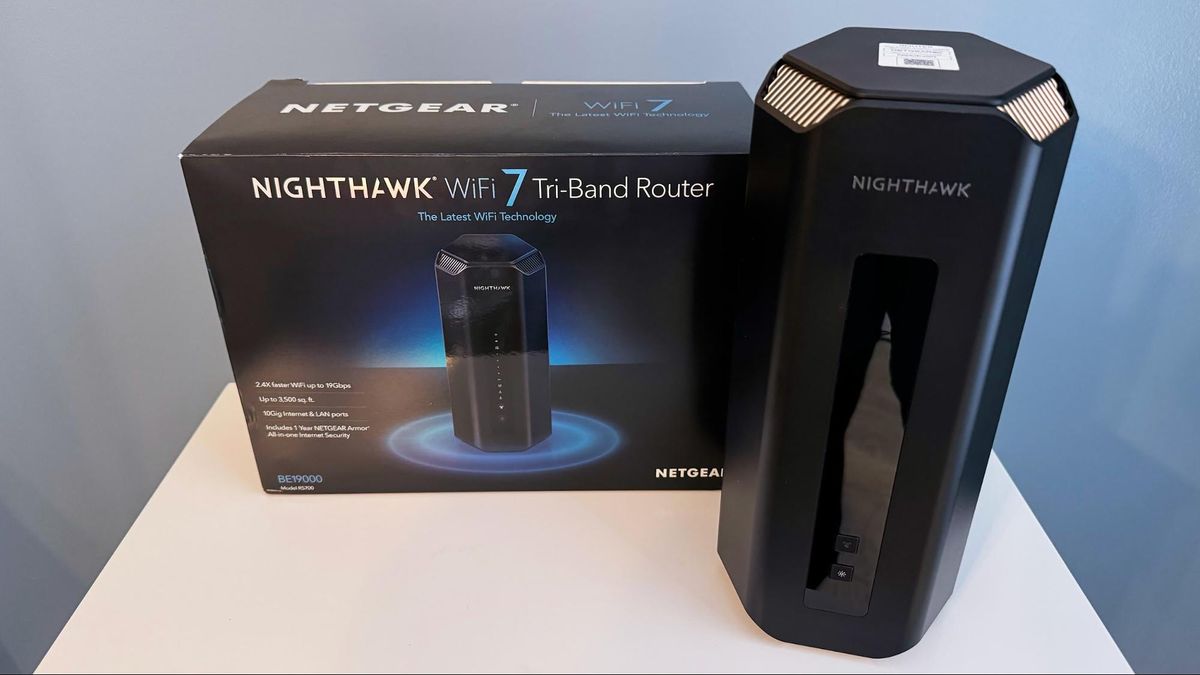ROG Rapture GT-BE98 | ROG Rapture GT-BE98 | Gaming Networking|ROG - Republic of Gamers|ROG Global (asus.com)
GT-BE98 quad-band WiFi 7 (802.11be) gaming router, support new 320MHz bandwidth & 4096-QAM, Multi-link operation (MLO), Puncturing, three 10G ports, VPN Fusion, Triple-level game acceleration, Mobile game mode, Quad Level Security and AiMesh support, RangeBoost Plus, AURA RGB
- World‘s first WiFi 7 gaming router – Ultrafast WiFi 7 (802.11be) quad-band gaming router boosts speeds up to 25000 Mbps
- New 320MHz bandwidth & 4096-QAM – 2X data rate compares to WiFi 6/6E and increase throughput by 20%
- Multi-link operation – Simultaneously transmit across different bands and channels to increase the throughput to the device, lower the latency and improve reliability.
- Multi-RU puncturing – Segments a wide channel bandwidth into small units and enable puncturing to eliminate interference for the remaining bandwidth for more efficient use.
- Three 10G ports – Enjoy up to 10X faster data-transfer speeds for bandwidth-demanding tasks with 10 Gbps WAN/LAN port and LAN ports.
- Triple-level game acceleration - Accelerate game traffic every step of the way — from device to game server



